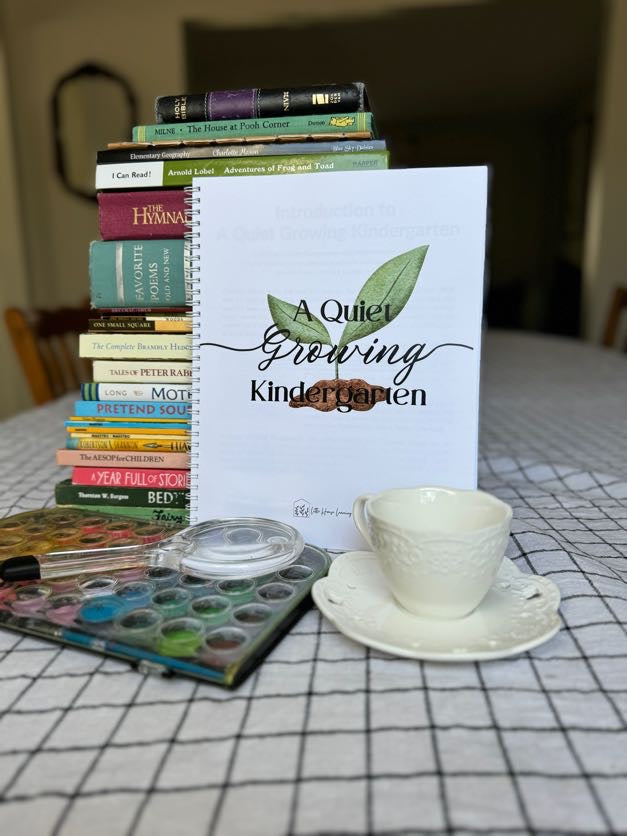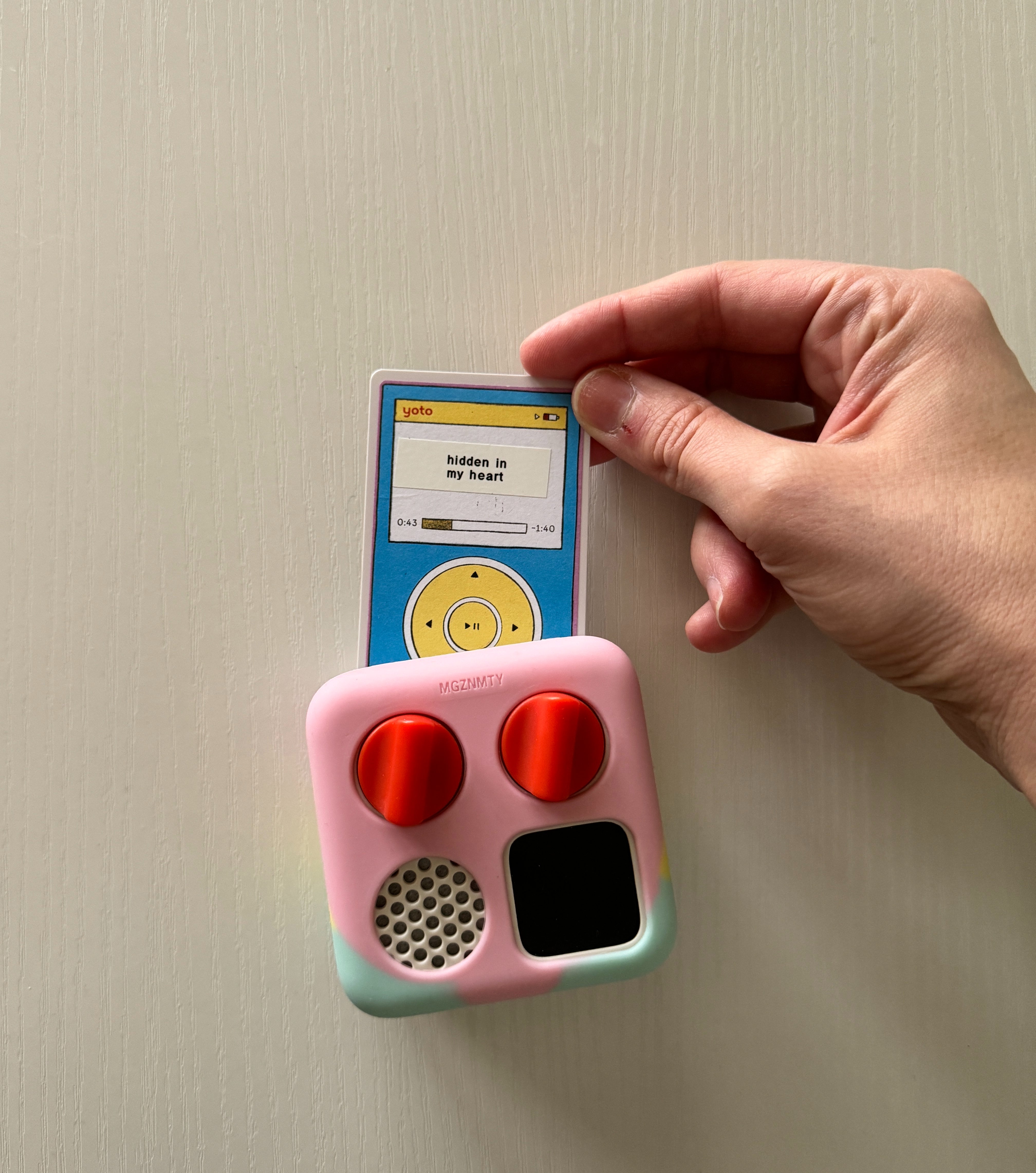
Before I started homeschooling, the idea of teaching my children to read was the most daunting. It is such an important piece of education that I didn't want to mess it up. The anxiety around teaching a child to read can keep parents from home educating or can shake our confidence in our choice to homeschool.
With there being so many programs and methods out there, I wanted to share what the pathway has been for two of my children to learn to read. It can be so helpful to see how someone else has done it when we're trying to envision our path!
You can find all the the items/books mentioned in my Amazon Shop!
Our Pathway to Reading
1. Learning the Alphabet: The first thing we did was play with the alphabet! I detail exactly how we did this and included all the games we used in my Let Them Be Little Preschool, if you need help getting started. It was not necessarily at a certain age that we started on this, but I would play activities often to gauge my child’s interest level and retention (these are two indicators for readiness for more).
We read alphabet books, played lots of games with upper and lower case letters, talked about letters all the time and followed their lead. Starting with letters in their name or the names of our family members (“P” is for Papa! That’s Papa’s letter!) they eventually learned the names of all the letters.

2. Phonics: After they knew the names of the letters we moved into phonetic sounds. Our favorite resources for teaching this have been ABC See Hear Do Book 1 and Amy Tuttle’s Discover Reading Program. I love that both are very playful and the ABC See Hear Do book has been very fun for my kids that need more hands-on, sensory learning. (Unfortunately, the Discover Reading program has changed since I used it last, but I've heard the book is still similar to what I used).
As I teach my last child to read, I will be using Living Lessons in Reading, Volume 1. This Charlotte Mason inspired reading program used the McGuffey Eclectic Revised Primer which teaches both from the phonics method and sight word method. I love this wholelistic approach to reading that is also rooted in a long standing, tried and true resource (the McGuffy Primer was widely used in school all throughout the 1830's until about the mid-1900's)!
. 3. Beginning Reading: In the beginning of reading we work on memorizing a few basic sight words (ie: the, you, said) and word families (ie: “This is the -AT family! Let’s see how we can make all the -AT words: cat, bat, rat, mat, sat…”). We work on the families by using movable alphabet letters and working our way through the curriculum.
3. Beginning Reading: In the beginning of reading we work on memorizing a few basic sight words (ie: the, you, said) and word families (ie: “This is the -AT family! Let’s see how we can make all the -AT words: cat, bat, rat, mat, sat…”). We work on the families by using movable alphabet letters and working our way through the curriculum.

4. Early Readers: When my child has a decent grasp of phonics, a few sight words and the basics of letter families down we start with our Dash Into Reading Books. These books are beautiful and fun and have really given my children confidence. They have playful activity packs that go with each book and are cleverly written stories.
Each book has a lesson in the front, so you could easily dive into the books without step 3, but I’ve found my kids have enjoyed the books more with some prior lessons before, found in step 3. (You can use my code LITTLEHOUSE20 for 20% off anything in the Dash shop, fyi).
Living Lessons in Reading follows an almost identical pattern as these books, since Dash into Reading closely mirrors the McGuffey Eclectic Primer! We are using Living Lessons in Handwriting alongside of our re ading program this year as it reinforces all that we're learning in the reading program!
5. Beginner Chapter Books: After they have finished the 3 sets of Dash into Reading Books we move on to beginner chapter books. If this step was too much at first we took turns each reading one page.

6. A Saturated, Literary Lifestyle: We’ve tried to never force our child through any of the steps. Each child takes their own pace. It is my job to offer the practice, and make it fun and playful as much as I can. It’s their job to decide the pacing and how they will move through the pathway.
Even if the pathway to reading takes a long time for them, we still want them to enjoy great literature. We saturate our home with audiobooks, picture books, board books and even films and shows that are based on books. We spend hours a week reading stories together!
We have not shied away from reading aloud chapter books before our child could read them on their own. Books have played an important role in being immersed in language but also in cultivating the habit of attention. Pictured above are some of the chapter books we started reading as early as 2 or 3 years old.
An Important Note on Readiness and Approaches
We've started this pathway at different ages based on readiness and interest. When your child is ready and motivated, they can speed through this pathway quickly. If they're not ready, it can be torturous. Make it as playful as you can. If a child is resistant or not retaining anything, take a break.
Kids do not need to be reading at one specific age. If your child is showing signs of dyslexia or other learning challenges, this pathway may not apply and I would encourage you to see outside help.
We have not encountered that in our homeschooling, so I can only speak to our personal experience. There are many approaches to reading, and there is no one right way for everyone.

The Biggest Challenge in Teaching Children to Read
Teaching my children to read has not been as challenging as I imagined. There are so many resources out there, that if one didn't work (which we ran into), we tried another. The biggest challenge was honestly myself. It was my ideas about when or how learning to read should look.
I had this secret fear that my child's ability (or inability) to read was a reflection on my worth as a home educator. Once I was able to disentangle these beliefs and just let my child move through the pathway at their own pace, things went a lot smoother. Sometimes you just need to get out of your own way!
Happy Homeschooling!



